Monitoring system is the "eyes and ears" of environmental protection
In recent years, the province has invested in and put into operation a system of automatic and continuous monitoring stations. The whole province currently has 9 surface water monitoring stations (of which, the old Long An has 3 stations, the old Tay Ninh has 6 stations) and 5 air monitoring stations (the old Long An has 3 stations, the old Tay Ninh has 2 stations).
Along with that, the province has implemented a periodic monitoring program to supplement data, helping to make a more comprehensive assessment. For surface water environment, periodic monitoring activities are carried out at 118 locations on main rivers, canals and streams (68 locations in the old Long An, 50 locations in the old Tay Ninh ). For air environment, periodic monitoring is carried out at 104 locations (70 locations in the old Long An, 34 locations in the old Tay Ninh), concentrated in industrial parks, residential areas, traffic intersections and waste treatment areas.
Crowded traffic is also a cause of increased air pollution.
Through the system of automatic and periodic monitoring stations, the authorities can quickly grasp the situation, promptly issue warnings and solutions. Periodic monitoring also allows comparison and assessment of environmental quality changes over time and space.
Monitoring results in recent years show that most of the surface water quality at the measurement locations is within the allowable standard limits. This is a testament to the province's efforts in managing waste sources from production and daily life. However, there is still slight pollution due to organic matter and nutrients. Some canals and ditches are silted up, obstructing the flow by waste, grass, water hyacinth, etc., making it difficult to drain water, posing a risk of local pollution. Notably, in some densely populated areas or near production facilities, untreated waste discharge still occurs.
Ms. Le Thi Hong, a resident of Binh Hiep commune, shared: "There are times when many canals passing through the area are covered by water hyacinth, obstructing the flow, affecting the circulation of waterway vehicles and affecting the environment. People hope that the government will regularly dredge and treat to clear the flow." Faced with this reality, the province has been implementing projects to renovate the canal and ditch system, combining propaganda and raising awareness of the community and businesses in protecting the water environment.
Regarding the air environment, monitoring results show that most of the measurement locations meet the standards. Parameters such as fine dust, SO₂, NO₂, etc. remain at safe levels, with little significant fluctuations. However, the rapid pace of urbanization and industrialization is creating great pressure, potentially increasing the risk of pollution in the future, especially from traffic and industrial production.
Towards green, sustainable development
Combining automatic and periodic monitoring helps the province to be more proactive in environmental management, promptly detecting and handling violations. Monitoring data is also an important basis for the province to plan policies and industrial and urban development plans associated with environmental protection goals.
Local authorities have set up warning systems in areas at high risk of pollution and have stepped up public awareness campaigns through the press, organizations and local authorities. People are also encouraged to participate in monitoring waste discharge activities and promptly report violations.
The province pays attention to protecting the quality of surface water resources.
Along with that, the Department of Agriculture and Environment coordinates with relevant sectors to regularly inspect and strictly handle acts that pollute water and air sources. The province promotes the application of information technology in analyzing and forecasting environmental quality, improving the effectiveness of environmental protection management.
Protecting surface water resources and controlling air quality are identified by the province as important tasks in its sustainable development strategy. The goal is not only to tighten management but also to build green, clean, and safe industrial zones and clusters, contributing to ensuring a healthy living environment for people.
Environmental quality control is a long-term task, requiring close coordination between the government, businesses and the community. With solid steps in investing in monitoring infrastructure and management, the province is determined to build a green future, sustainable development and environmental friendliness./.
Vu Quang
Source: https://baolongan.vn/thuong-xuyen-kiem-soat-chat-luong-moi-truong-nuoc-va-khong-khi-a202495.html


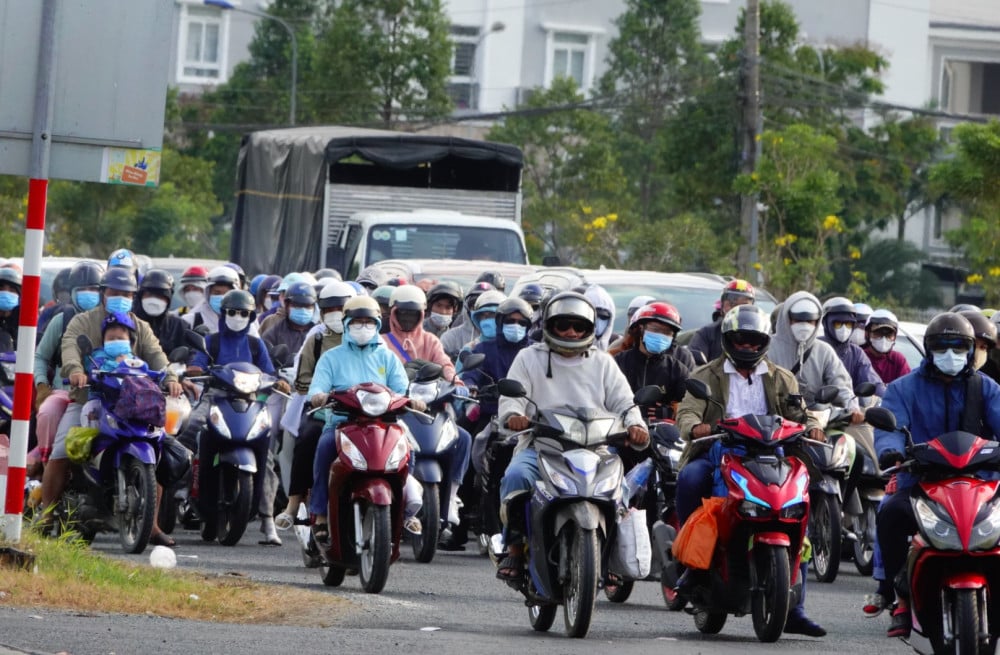
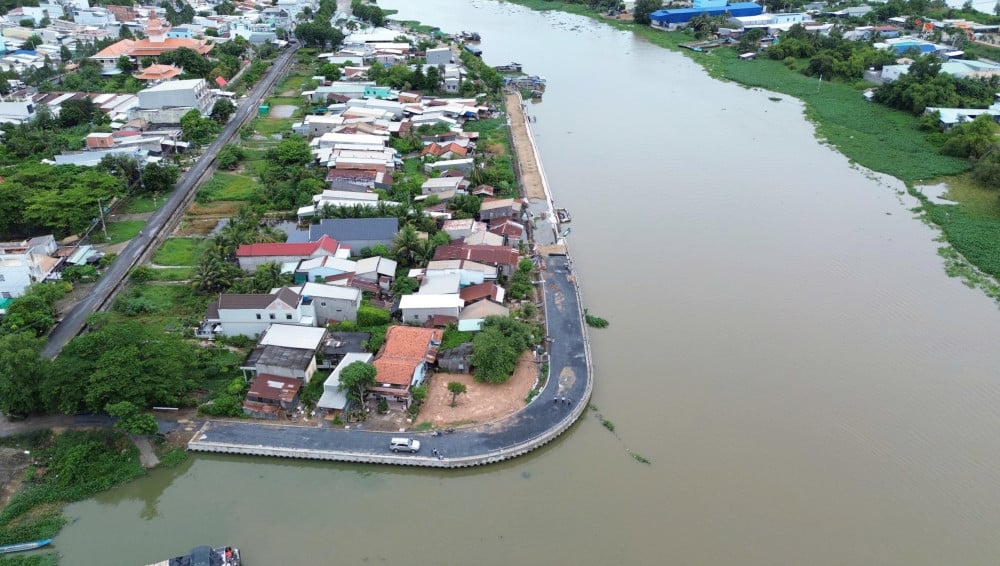

![[Photo] Hanoi morning of October 1: Prolonged flooding, people wade to work](https://vphoto.vietnam.vn/thumb/1200x675/vietnam/resource/IMAGE/2025/10/1/189be28938e3493fa26b2938efa2059e)









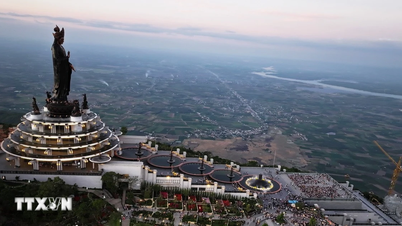

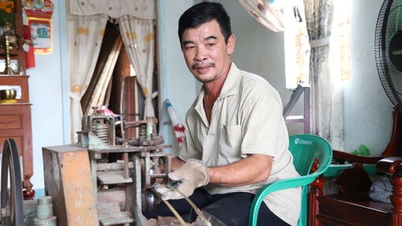
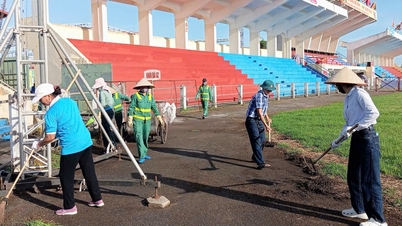

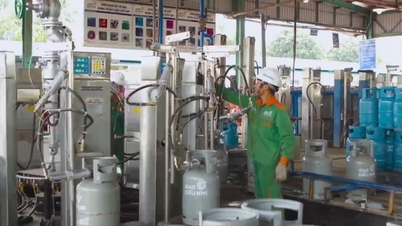

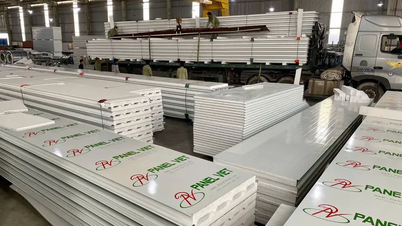

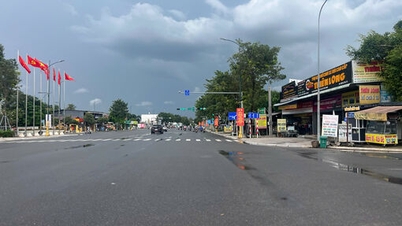
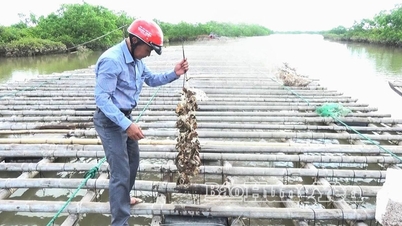

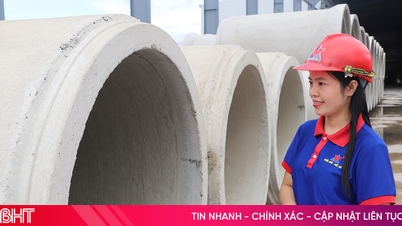







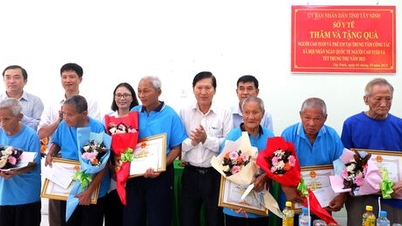
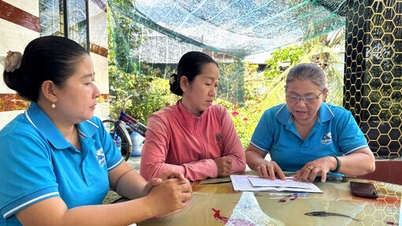


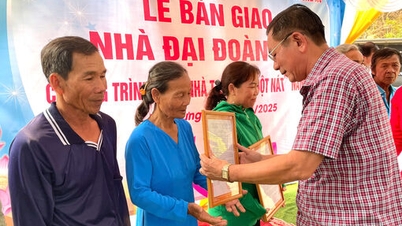
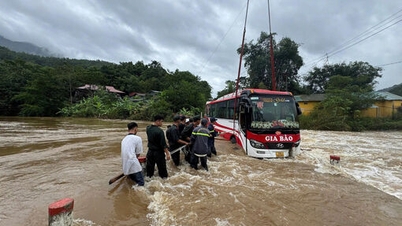

![[Photo] Panorama of the cable-stayed bridge, the final bottleneck of the Ben Luc-Long Thanh expressway](https://vphoto.vietnam.vn/thumb/1200x675/vietnam/resource/IMAGE/2025/9/30/391fdf21025541d6b2f092e49a17243f)

































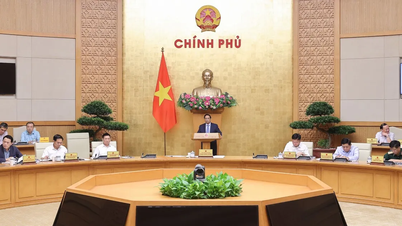

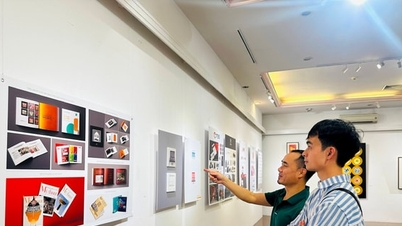

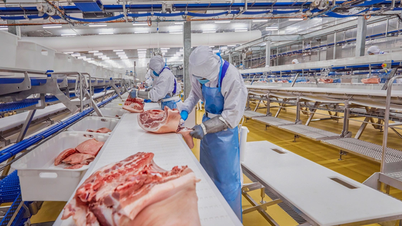
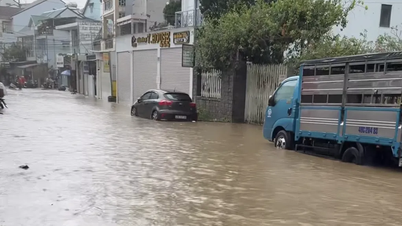
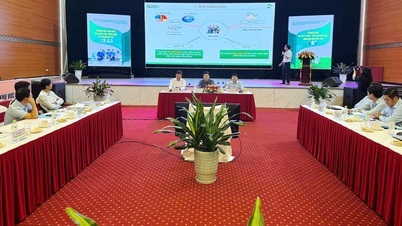















Comment (0)